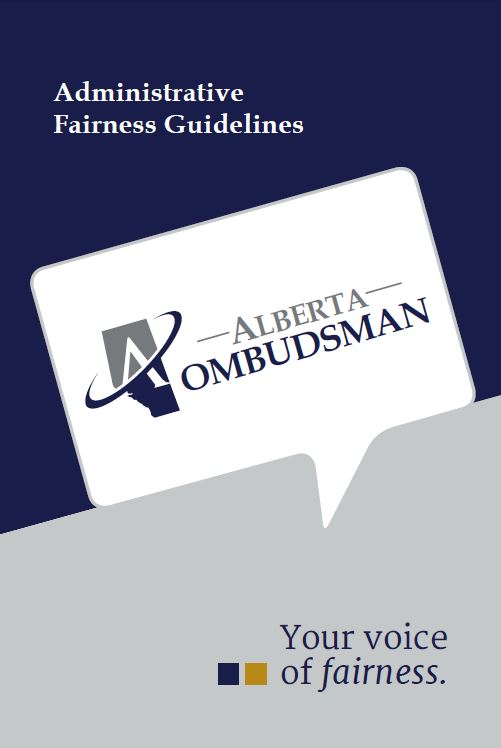Natural justice and administrative fairness are at the core of Ombudsman investigations. Natural justice is to administrative fairness what due process is to criminal law. For example, if an accused is not informed of his or her rights, there is an error in process. Similarly, if an individual is denied a service but not informed of their right to appeal, the process is flawed.
The Alberta Ombudsman analyzes administrative fairness in a broad spectrum of decisions that affect Albertans. They range from administrative tribunal decisions (including workers’ compensation benefits, income support benefits and disciplinary sanctions for inmates in provincial correctional centres), to decisions where there is a less formal (or no formal) process.










